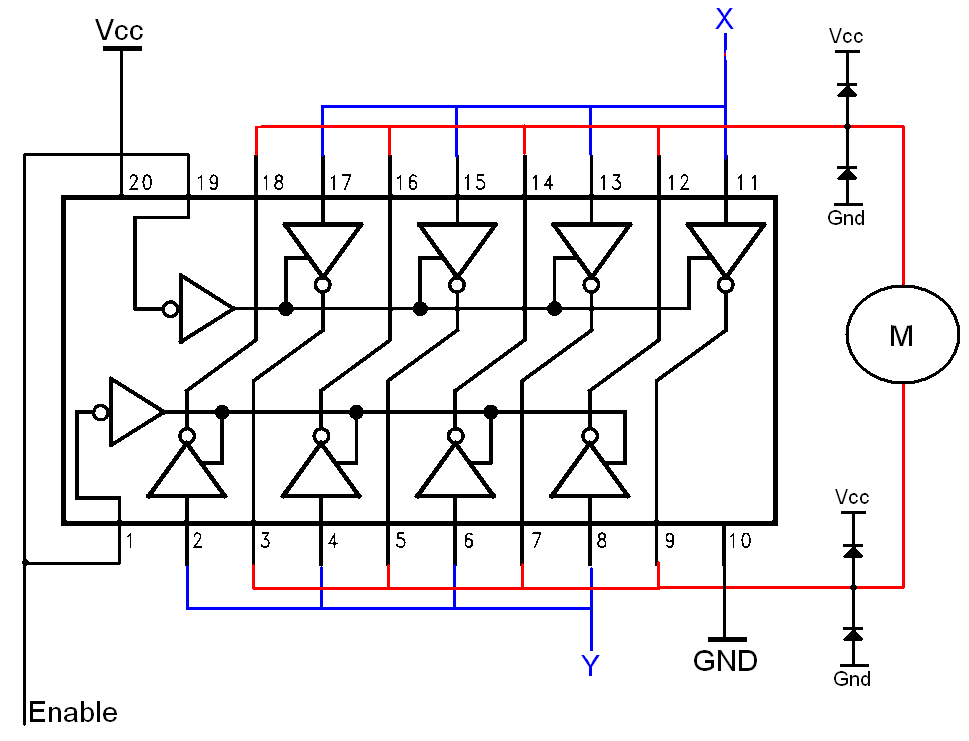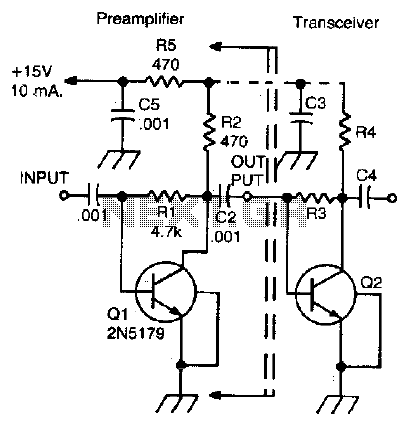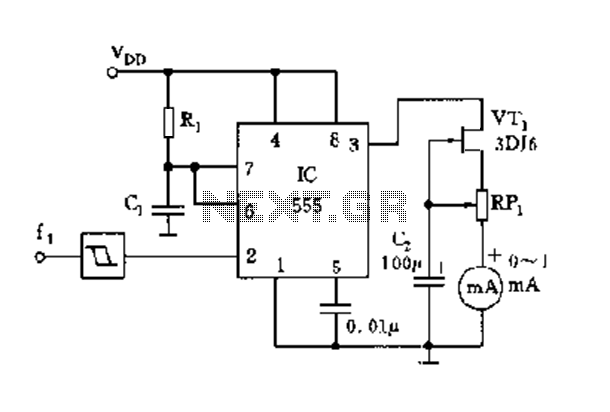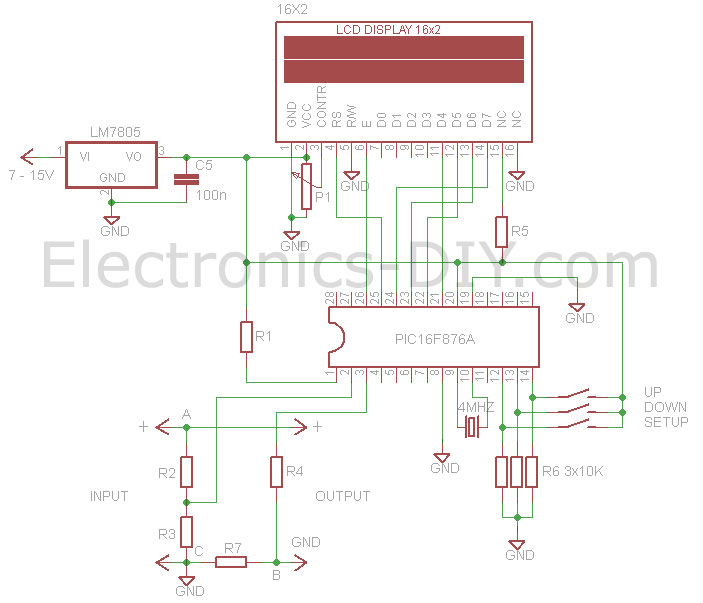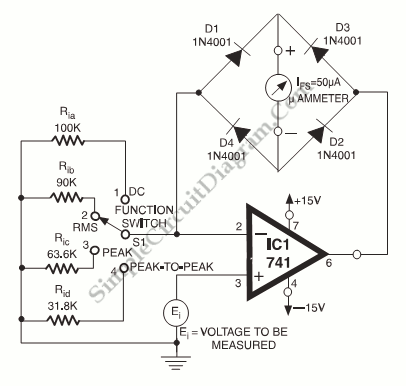
simple inductance meter
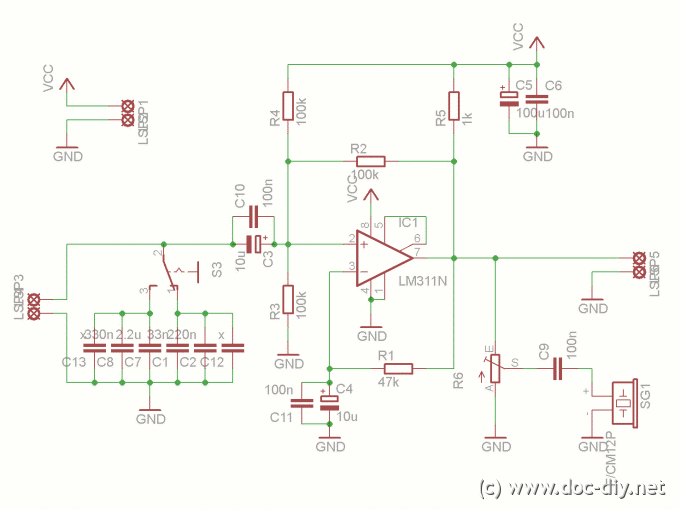
This article explains the process of constructing a basic inductance meter. The printed circuit board (PCB) layout is provided.
The construction of a simple inductance meter involves several key components and a well-designed PCB layout to ensure accurate measurements of inductance. The primary components typically include an oscillator circuit, a microcontroller or timer, an analog-to-digital converter (ADC), and a display unit, such as a liquid crystal display (LCD) or light-emitting diode (LED) indicators.
The oscillator circuit generates a frequency that is dependent on the inductance of the coil being measured. This frequency can be derived using a 555 timer IC configured in astable mode, where the timing components (resistors and capacitors) are selected based on the expected range of inductance values. The output frequency of the oscillator is then fed into the microcontroller, which processes the frequency signal.
The microcontroller is programmed to calculate the inductance based on the frequency output from the oscillator. By using the formula for resonant frequency in an LC circuit, the inductance can be derived from the known capacitance and measured frequency. The ADC is utilized to convert the analog frequency signal into a digital format that the microcontroller can interpret.
The PCB layout should be designed to minimize noise and interference, which can affect measurement accuracy. Proper grounding techniques and the placement of components are crucial. The layout should also include mounting holes for securing the meter in a housing, as well as connections for the input terminals where the inductor will be connected.
Finally, the display unit presents the calculated inductance value to the user, allowing for easy reading and interpretation of results. This simple inductance meter can be a valuable tool for electronics enthusiasts and professionals alike, facilitating the measurement of inductors in various applications.This article describes how to build a simple inductance meter. The PCB layout is included.. 🔗 External reference
The construction of a simple inductance meter involves several key components and a well-designed PCB layout to ensure accurate measurements of inductance. The primary components typically include an oscillator circuit, a microcontroller or timer, an analog-to-digital converter (ADC), and a display unit, such as a liquid crystal display (LCD) or light-emitting diode (LED) indicators.
The oscillator circuit generates a frequency that is dependent on the inductance of the coil being measured. This frequency can be derived using a 555 timer IC configured in astable mode, where the timing components (resistors and capacitors) are selected based on the expected range of inductance values. The output frequency of the oscillator is then fed into the microcontroller, which processes the frequency signal.
The microcontroller is programmed to calculate the inductance based on the frequency output from the oscillator. By using the formula for resonant frequency in an LC circuit, the inductance can be derived from the known capacitance and measured frequency. The ADC is utilized to convert the analog frequency signal into a digital format that the microcontroller can interpret.
The PCB layout should be designed to minimize noise and interference, which can affect measurement accuracy. Proper grounding techniques and the placement of components are crucial. The layout should also include mounting holes for securing the meter in a housing, as well as connections for the input terminals where the inductor will be connected.
Finally, the display unit presents the calculated inductance value to the user, allowing for easy reading and interpretation of results. This simple inductance meter can be a valuable tool for electronics enthusiasts and professionals alike, facilitating the measurement of inductors in various applications.This article describes how to build a simple inductance meter. The PCB layout is included.. 🔗 External reference

